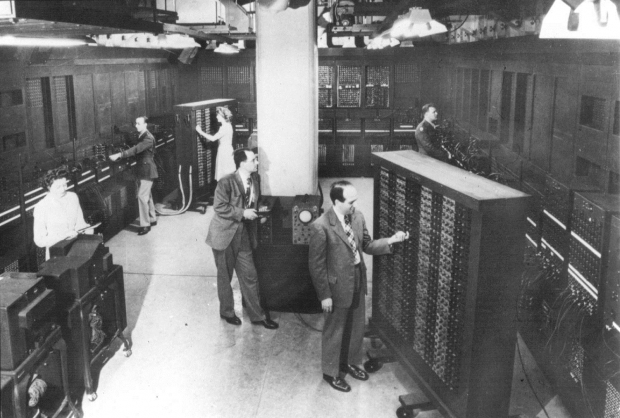Huskey was a key member of the team that built the Electronic Numerical Integrator and Computer (Eniac) which first ran in February 1946.
Eniac is widely considered to be one of the first electronic, general purpose, programmable computers.
Huskey also helped complete work on the Ace - the Automatic Computing Engine - designed by Alan Turing.
The Eniac was built to calculate the trajectory of shells for the US army at the University of Pennsylvania in the 1940s and was more than 30 meters long, weighed 30 tonnes, used 18,000 valves and 1,500 relays. To progam it, you had to rewire its various units.
Huskey became involved with the development effort to create Eniac soon after joining Pennsylvania to teach mathematics to Naval recruits. His task was to make the punched card reader for the machine work and to write its technical manuals.
After the war, Huskey travelled to the UK to help Alan Turing refine and complete the Ace. This was at the National Physical Laboratory and in 1950. When it ran its first program, it was the fastest computer in the world.
He also helped design and build two other machines - the Swac (Standards Western Automatic Computer) and the G-15 which, despite weighing a ton. was known as a personal computer because it could be operated by one person.
Huskey spent his entire academic career involved with computing teaching at the University of California, Berkeley and was one of the founders of the computer science faculty at UC Santa Cruz.
Published in
News
One of the first computer designers logs off
Huskey worked with Turing
Engineer Harry Huskey, who helped build many of the first ever computers has died. He was 101.

